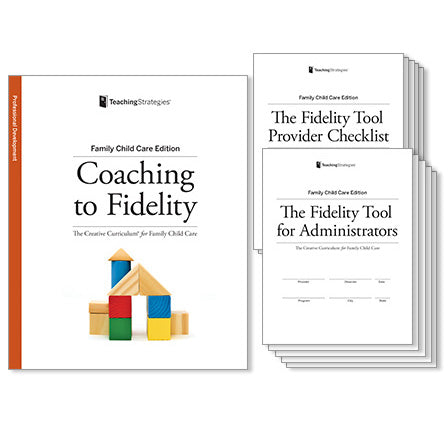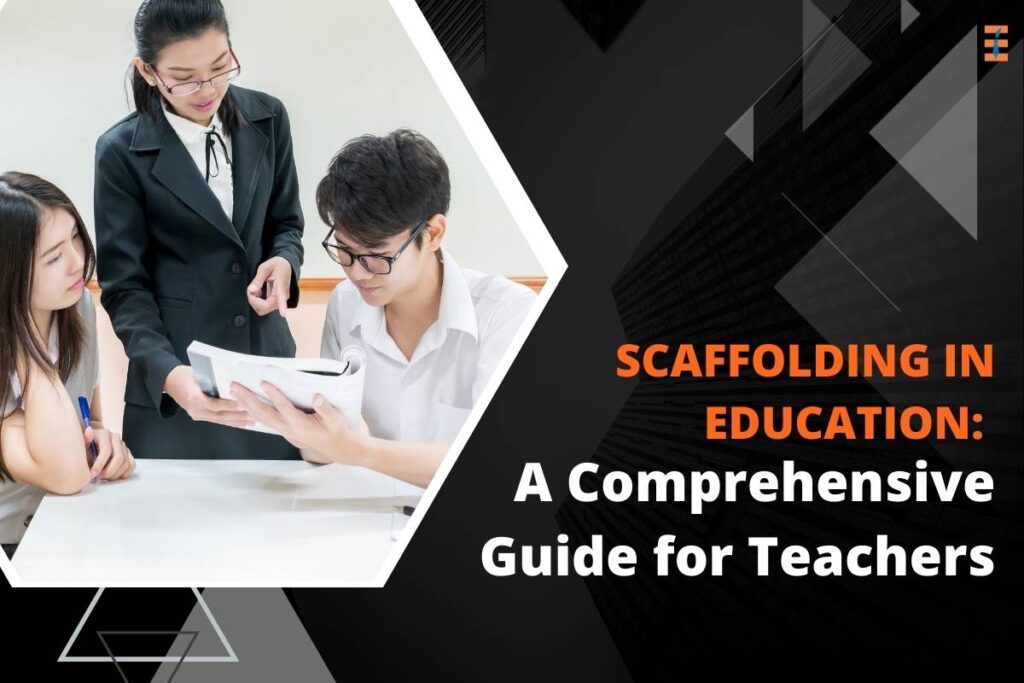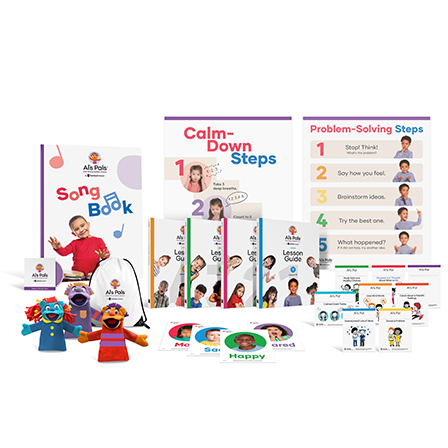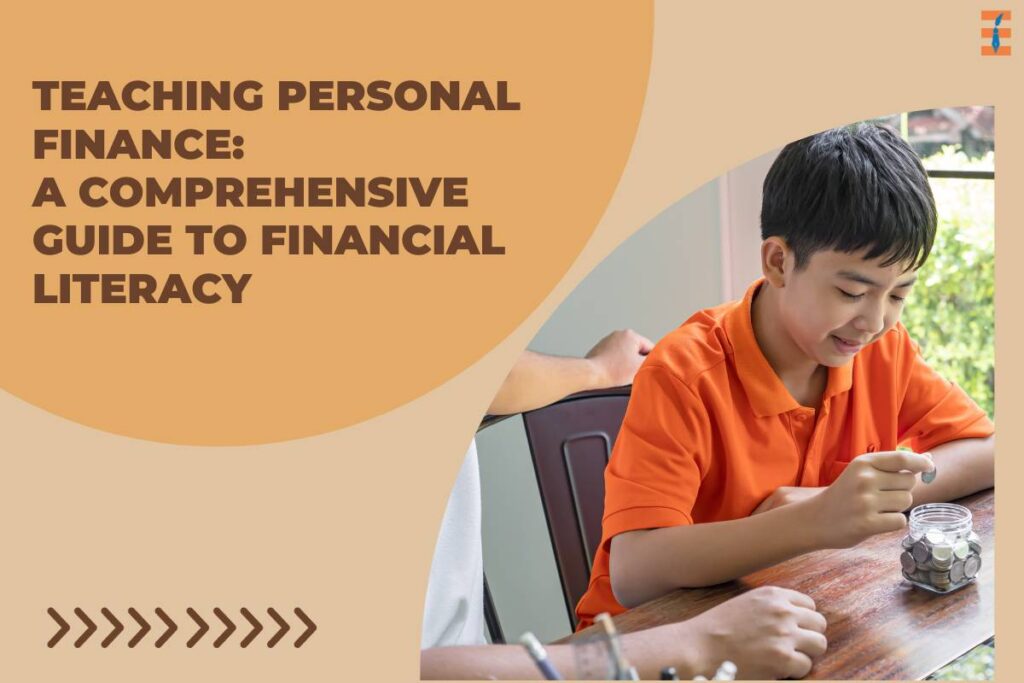Choosing the right curriculum and teaching strategies is essential for effective teaching and learning. A well-chosen curriculum will align with your learning objectives and the needs of your students, while effective teaching strategies will help you deliver the curriculum in a way that is engaging and effective. In this article, we will provide a comprehensive guide to help you make informed decisions about curriculum and teaching strategies. We will discuss the different factors to consider when choosing a curriculum and developing teaching strategies, and we will provide tips for successful implementation.

Choosing a Curriculum
Factors to Consider When Choosing a Curriculum
There are a number of factors to consider when choosing a curriculum, including:
- Your learning objectives
- The needs of your students
- The available resources
- Your teaching style
It is important to choose a curriculum that is aligned with your learning objectives. If your learning objectives are not clear, it will be difficult to choose a curriculum that will help you achieve them. You should also consider the needs of your students. What are their learning styles? What are their interests? What are their prior knowledge and skills?
| Factor | Description |
|---|---|
| Learning objectives | The goals you want to achieve with your teaching |
| Student needs | The learning styles, interests, and prior knowledge of your students |
| Available resources | The materials and equipment you have available to use |
| Teaching style | Your preferred way of teaching |
Different Types of Curricula
There are many different types of curricula available, including:
- Subject-based curricula
- Skill-based curricula
- Project-based curricula
- Integrated curricula
Subject-based curricula are organized around traditional academic subjects, such as math, science, and history. Skill-based curricula are organized around specific skills, such as critical thinking, problem solving, and communication. Project-based curricula are organized around projects that students work on over an extended period of time. Integrated curricula combine elements of all three types of curricula.
Locomotor Movement: Understanding the Body’s Movement Mechanics

Factors to consider when choosing a curriculum
Your learning objectives
Your learning objectives are the goals you want to achieve with your teaching. They should be specific, measurable, achievable, relevant, and time-bound. Once you have clear learning objectives, you can start to choose a curriculum that will help you achieve them. For example, if your learning objective is to teach your students about the history of the United States, you might choose a curriculum that covers the major events in American history, from the founding of the country to the present day.
Locomotor Movement: Understanding the Body’s Movement Mechanics
| Characteristic | Description |
|---|---|
| Specific | Your learning objectives should be specific enough that you can measure whether or not they have been achieved. |
| Measurable | You should be able to measure whether or not your students have achieved your learning objectives. |
| Achievable | Your learning objectives should be challenging but achievable. |
| Relevant | Your learning objectives should be relevant to the needs of your students. |
| Time-bound | Your learning objectives should have a specific timeline for achievement. |
The needs of your students
The needs of your students should also be considered when choosing a curriculum. What are their learning styles? What are their interests? What are their prior knowledge and skills? Once you have a good understanding of your students’ needs, you can choose a curriculum that is appropriate for them. For example, if you have a class of students who are struggling with reading, you might choose a curriculum that focuses on phonics and reading comprehension.
- Learning styles
- Interests
- Prior knowledge and skills

Different types of curricula
Subject-based curricula
Subject-based curricula are organized around traditional academic subjects, such as math, science, and history. This type of curriculum is often used in elementary and secondary schools, as it provides a structured and comprehensive approach to learning. Subject-based curricula can be effective in helping students develop a strong foundation in the core academic disciplines. However, it can also be limiting, as it does not allow for much flexibility or customization.
Locomotor Movement: Understanding the Body’s Movement Mechanics
| Advantages | Disadvantages |
|---|---|
| Structured and comprehensive | Limiting |
Skill-based curricula
Skill-based curricula are organized around specific skills, such as critical thinking, problem solving, and communication. This type of curriculum is often used in higher education and workplace training programs, as it allows learners to develop the skills they need to be successful in their chosen field. Skill-based curricula can be more flexible and customizable than subject-based curricula, as it can be tailored to the specific needs of the learners.
- Critical thinking
- Problem solving
- Communication

Pros and cons of different curricula
Subject-based curricula
**Pros:*** Provides a structured and comprehensive approach to learning* Helps students develop a strong foundation in the core academic disciplines* Is often used in elementary and secondary schools**Cons:*** Can be limiting and does not allow for much flexibility or customization
Skill-based curricula
**Pros:*** Allows learners to develop the skills they need to be successful in their chosen field* Is more flexible and customizable than subject-based curricula* Is often used in higher education and workplace training programs**Cons:*** May not provide a broad or well-rounded education* Can be difficult to assess student learning
Integrated curricula
**Pros:*** Combines elements of subject-based and skill-based curricula* Provides a more holistic and interdisciplinary approach to learning* Allows students to make connections between different subjects**Cons:*** Can be more difficult to design and implement than subject-based or skill-based curricula* May not be appropriate for all students or learning environments
| Curriculum Type | Pros | Cons |
|---|---|---|
| Subject-based | Structured and comprehensive approach to learning Helps students develop a strong foundation in the core academic disciplines Is often used in elementary and secondary schools | Can be limiting and does not allow for much flexibility or customization |
| Skill-based | Allows learners to develop the skills they need to be successful in their chosen field Is more flexible and customizable than subject-based curricula Is often used in higher education and workplace training programs | May not provide a broad or well-rounded education Can be difficult to assess student learning |
| Integrated | Combines elements of subject-based and skill-based curricula Provides a more holistic and interdisciplinary approach to learning Allows students to make connections between different subjects | Can be more difficult to design and implement than subject-based or skill-based curricula May not be appropriate for all students or learning environments |
Locomotor Movement: Understanding the Body’s Movement Mechanics
Developing Teaching Strategies
Factors to Consider When Developing Teaching Strategies
There are a number of factors to consider when developing teaching strategies, including:
- Your learning objectives
- The needs of your students
- The available resources
- Your teaching style
It is important to consider your learning objectives when developing teaching strategies. What do you want your students to learn? Once you have clear learning objectives, you can start to develop teaching strategies that will help you achieve them. For example, if your learning objective is to teach your students about the history of the United States, you might develop a teaching strategy that involves using primary and secondary sources to learn about major events in American history.
Locomotor Movement: Understanding the Body’s Movement Mechanics
| Factor | Description |
|---|---|
| Learning objectives | The goals you want to achieve with your teaching |
| Student needs | The learning styles, interests, and prior knowledge of your students |
| Available resources | The materials and equipment you have available to use |
| Teaching style | Your preferred way of teaching |
Different Types of Teaching Strategies
There are many different types of teaching strategies, including:
- Direct instruction
- Indirect instruction
- Experiential learning
- Inquiry-based learning
Direct instruction is a teacher-centered approach in which the teacher provides information and guidance to students. Indirect instruction is a student-centered approach in which students are given the opportunity to discover knowledge on their own. Experiential learning is a hands-on approach in which students learn by doing. Inquiry-based learning is a student-centered approach in which students learn by asking questions and conducting research.
Developing Effective Teaching Strategies
- Direct instruction
- Indirect instruction
- Experiential learning
- Inquiry-based learning
Pros and Cons of Different Teaching Strategies
Each type of teaching strategy has its own advantages and disadvantages. Direct instruction is effective for teaching basic skills and knowledge. Indirect instruction is effective for teaching students how to think critically and solve problems. Experiential learning is effective for teaching students how to apply knowledge to real-world situations. Inquiry-based learning is effective for teaching students how to conduct research and learn independently.
“The best teaching strategy is the one that is most effective for your students.”
| Teaching Strategy | Pros | Cons |
|---|---|---|
| Direct instruction | Effective for teaching basic skills and knowledge | Can be teacher-centered and boring |
| Indirect instruction | Effective for teaching students how to think critically and solve problems | Can be difficult to implement |
| Experiential learning | Effective for teaching students how to apply knowledge to real-world situations | Can be time-consuming and expensive |
| Inquiry-based learning | Effective for teaching students how to conduct research and learn independently | Can be challenging for students who are not self-motivated |

Factors to consider when developing teaching strategies
Your learning objectives
Your learning objectives are the goals you want to achieve with your teaching. They should be specific, measurable, achievable, relevant, and time-bound. Once you have clear learning objectives, you can start to develop teaching strategies that will help you achieve them. For example, if your learning objective is to teach your students about the history of the United States, you might develop a teaching strategy that involves using primary and secondary sources to learn about major events in American history.
Developing Effective Teaching Strategies
| Characteristic | Description |
|---|---|
| Specific | Your learning objectives should be specific enough that you can measure whether or not they have been achieved. |
| Measurable | You should be able to measure whether or not your students have achieved your learning objectives. |
| Achievable | Your learning objectives should be challenging but achievable. |
| Relevant | Your learning objectives should be relevant to the needs of your students. |
| Time-bound | Your learning objectives should have a specific timeline for achievement. |
The needs of your students
The needs of your students should also be considered when developing teaching strategies. What are their learning styles? What are their interests? What are their prior knowledge and skills? Once you have a good understanding of your students’ needs, you can choose a teaching strategy that is appropriate for them. For example, if you have a class of students who are struggling with reading, you might choose a teaching strategy that focuses on phonics and reading comprehension.
- Learning styles
- Interests
- Prior knowledge and skills
Locomotor Movement: Understanding the Body’s Movement Mechanics

Different types of teaching strategies
There are many different types of teaching strategies, each with its own advantages and disadvantages. Some of the most common teaching strategies include:
- Direct instruction: This is a teacher-centered approach in which the teacher provides information and guidance to students. Direct instruction is effective for teaching basic skills and knowledge, but it can be teacher-centered and boring.
- Indirect instruction: This is a student-centered approach in which students are given the opportunity to discover knowledge on their own. Indirect instruction is effective for teaching students how to think critically and solve problems, but it can be difficult to implement.
- Experiential learning: This is a hands-on approach in which students learn by doing. Experiential learning is effective for teaching students how to apply knowledge to real-world situations, but it can be time-consuming and expensive.
- Inquiry-based learning: This is a student-centered approach in which students learn by asking questions and conducting research. Inquiry-based learning is effective for teaching students how to conduct research and learn independently, but it can be challenging for students who are not self-motivated.
Developing Effective Teaching Strategies
| Teaching Strategy | Pros | Cons |
|---|---|---|
| Direct instruction | Effective for teaching basic skills and knowledge | Can be teacher-centered and boring |
| Indirect instruction | Effective for teaching students how to think critically and solve problems | Can be difficult to implement |
| Experiential learning | Effective for teaching students how to apply knowledge to real-world situations | Can be time-consuming and expensive |
| Inquiry-based learning | Effective for teaching students how to conduct research and learn independently | Can be challenging for students who are not self-motivated |

Pros and cons of different teaching strategies
Direct instruction
**Pros:*** Effective for teaching basic skills and knowledge* Easy to implement* Can be used with large groups of students**Cons:*** Can be teacher-centered and boring* May not be effective for teaching higher-order thinking skills* May not be appropriate for all studentsDeveloping Effective Teaching Strategies
| Teaching Strategy | Pros | Cons |
|---|---|---|
| Direct instruction | Effective for teaching basic skills and knowledge Easy to implement Can be used with large groups of students | Can be teacher-centered and boring May not be effective for teaching higher-order thinking skills May not be appropriate for all students |
| Indirect instruction | Effective for teaching students how to think critically and solve problems Can be more engaging for students May be more effective for teaching higher-order thinking skills | Can be difficult to implement May not be appropriate for all students May require more time and resources |
Indirect instruction
**Pros:*** Effective for teaching students how to think critically and solve problems* Can be more engaging for students* May be more effective for teaching higher-order thinking skills**Cons:*** Can be difficult to implement* May not be appropriate for all students* May require more time and resourcesLocomotor Movement: Understanding the Body’s Movement Mechanics
Experiential learning
**Pros:*** Effective for teaching students how to apply knowledge to real-world situations* Can be more engaging for students* May be more effective for teaching higher-order thinking skills**Cons:*** Can be time-consuming and expensive* May not be appropriate for all students* May require more resources
- Developing Effective Teaching Strategies
- Locomotor Movement: Understanding the Body’s Movement Mechanics
| Teaching Strategy | Pros | Cons |
|---|---|---|
| Experiential learning | Effective for teaching students how to apply knowledge to real-world situations Can be more engaging for students May be more effective for teaching higher-order thinking skills | Can be time-consuming and expensive May not be appropriate for all students May require more resources |
| Inquiry-based learning | Effective for teaching students how to conduct research and learn independently Can be more engaging for students May be more effective for teaching higher-order thinking skills | Can be challenging for students who are not self-motivated May not be appropriate for all students May require more time and resources |

Implementing Curriculum and Teaching Strategies
Challenges of implementing curriculum and teaching strategies
There are a number of challenges that can arise when implementing curriculum and teaching strategies. These challenges can include:
- Lack of resources
- Lack of time
- Lack of support
- Student resistance
It is important to be aware of these challenges and to have a plan in place for addressing them. For example, if you are concerned about a lack of resources, you might consider looking for ways to partner with other schools or organizations. If you are concerned about a lack of time, you might consider looking for ways to streamline your teaching strategies or to get help from other teachers.
Locomotor Movement: Understanding the Body’s Movement Mechanics
| Challenge | Possible Solution |
|---|---|
| Lack of resources | Look for ways to partner with other schools or organizations |
| Lack of time | Look for ways to streamline your teaching strategies or to get help from other teachers |
| Lack of support | Seek out support from your colleagues, administrators, or parents |
| Student resistance | Address student resistance by building relationships with students, creating a positive learning environment, and providing opportunities for student choice |
Tips for successful implementation
There are a number of things you can do to increase the chances of successful implementation of curriculum and teaching strategies. These tips include:
- Start small
- Get buy-in from stakeholders
- Be flexible
- Monitor and evaluate
By following these tips, you can increase the likelihood that your curriculum and teaching strategies will be implemented successfully and that your students will benefit from them.
“The best way to implement curriculum and teaching strategies is to start small, get buy-in from stakeholders, be flexible, and monitor and evaluate your progress.”
Developing Effective Teaching Strategies
- Locomotor Movement: Understanding the Body’s Movement Mechanics
- Developing Effective Teaching Strategies
Challenges of implementing curriculum and teaching strategies
There are a number of challenges that can arise when implementing curriculum and teaching strategies. These challenges can include:
- Lack of resources
- Lack of time
- Lack of support
- Student resistance
It is important to be aware of these challenges and to have a plan in place for addressing them. For example, if you are concerned about a lack of resources, you might consider looking for ways to partner with other schools or organizations. If you are concerned about a lack of time, you might consider looking for ways to streamline your teaching strategies or to get help from other teachers.
Locomotor Movement: Understanding the Body’s Movement Mechanics
| Challenge | Possible Solution |
|---|---|
| Lack of resources | Look for ways to partner with other schools or organizations |
| Lack of time | Look for ways to streamline your teaching strategies or to get help from other teachers |
| Lack of support | Seek out support from your colleagues, administrators, or parents |
| Student resistance | Address student resistance by building relationships with students, creating a positive learning environment, and providing opportunities for student choice |
Tips for successful implementation
Start small
One of the best ways to increase the chances of successful implementation is to start small. Don’t try to implement everything at once. Start with a few small changes that you can easily manage. Once you have successfully implemented these changes, you can then start to add more.
Locomotor Movement: Understanding the Body’s Movement Mechanics
| Step | Action |
|---|---|
| 1 | Identify a small change that you can make to your curriculum or teaching strategies. |
| 2 | Implement the change and monitor your progress. |
| 3 | Once you have successfully implemented the change, you can then start to add more changes. |
Get buy-in from stakeholders
Another important tip for successful implementation is to get buy-in from stakeholders. This means getting the support of everyone who will be affected by the changes, including teachers, students, parents, and administrators. Once you have buy-in from stakeholders, they will be more likely to support the changes and help to ensure their success.
- Talk to stakeholders about the changes you are planning to make.
- Explain the benefits of the changes.
- Address any concerns that stakeholders may have.
- Get stakeholders to sign off on the changes.
Final Thought
Choosing the right curriculum and teaching strategies is an important part of effective teaching. By considering the factors discussed in this article, you can make informed decisions that will help you create a learning environment that is conducive to student success. Remember, there is no one-size-fits-all approach to curriculum and teaching strategies. The best approach for you will depend on your specific teaching context and the needs of your students. By taking the time to choose the right curriculum and teaching strategies, you can help your students achieve their full potential.



